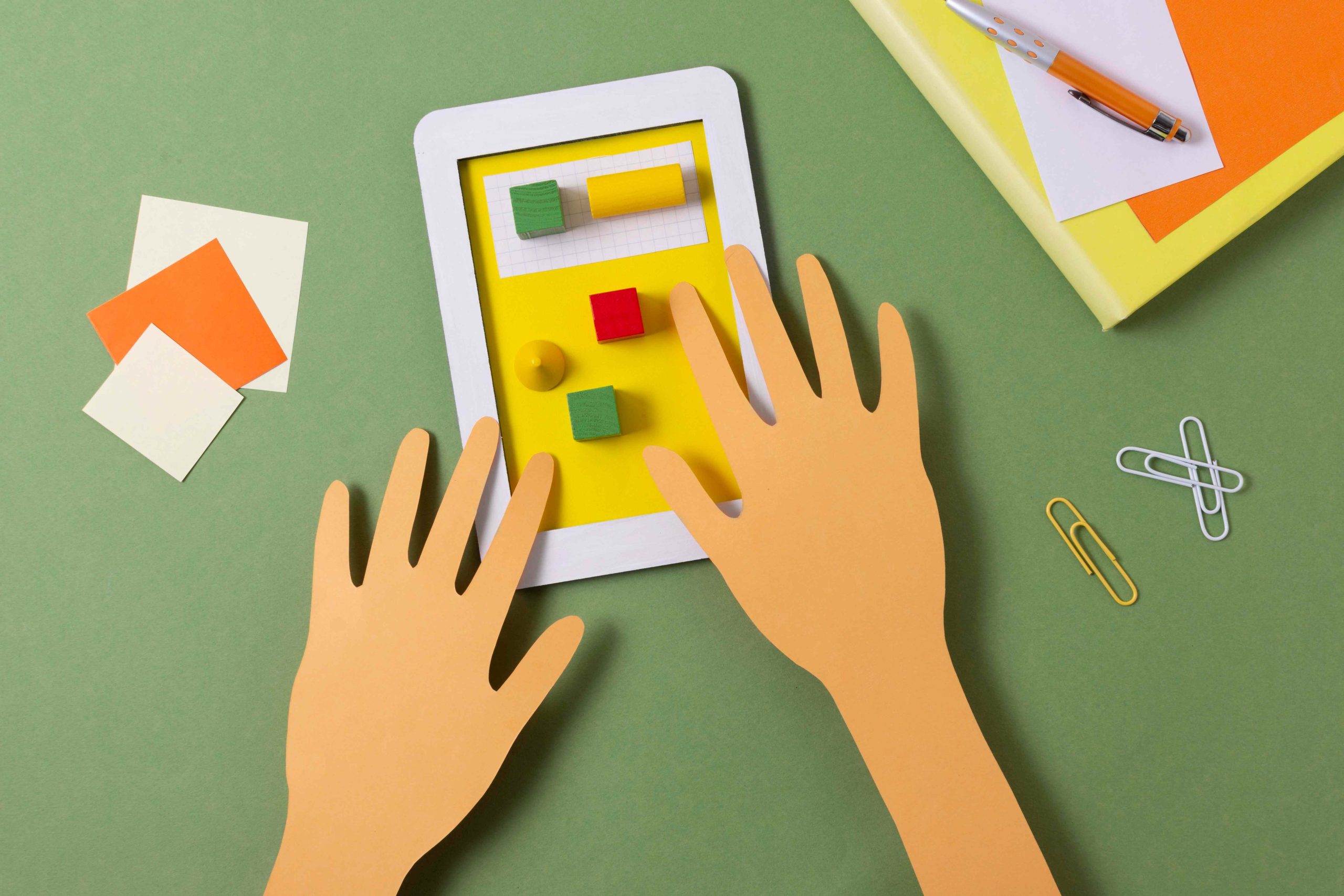
Enhancing Preschoolers’ Spatial Awareness with Educational Apps
As parents, we all want the best for our preschoolers, and nurturing their awareness spatial skill, is crucial for their overall development. It involves understanding the placement and relationships between objects in space, which is fundamental for various aspects of learning and development.
The Importance of Good Awareness Spatial Skill
Having a good awareness spatial skill is vital for preschoolers as it helps them comprehend their surroundings, understand mathematical concepts, and improve hand-eye coordination. It enables them to grasp ideas like size, shape, and distance, which are fundamental for their cognitive development.
Utilizing Educational Apps for Spatial Awareness
With the advancement of technology, educational apps have become popular tools for fostering preschoolers’ enhancement on their awareness spatial skills. These apps offer interactive and engaging learning experiences, making it easier for children to grasp spatial concepts.
Using educational apps has several benefits, including:
- Interactive Learning: Educational apps provide a fun and interactive platform for preschoolers to learn spatial concepts through games, animations, and music effects.
- Repetition: Preschoolers can practice spatial exercises repeatedly, reinforcing their understanding of concepts and improving retention.
- Accessibility: Educational apps are readily available and can be accessed anytime, anywhere, making learning convenient for preschoolers.
Examples of Educational Apps
Several educational apps are specifically designed to enhance preschoolers’ spatial ability and awareness. Some popular examples include:
- Toca Blocks: A construction block game that allows preschoolers to create their 3D worlds, fostering spatial reasoning and awareness.
- Moose Math: An app that teaches counting, geometry, and spatial skills through interactive games.
Conclusion
Educational apps play a significant role in enhancing preschoolers’ spatial ability in awareness, offering engaging and interactive learning experiences. By incorporating these apps into their learning routines, parents and educators can support the development of crucial spatial skills. However, it’s important to use these apps responsibly and in conjunction with hands-on learning activities to ensure optimal learning outcomes for preschoolers.
For further reading: Learn more about the importance of spatial skill in early childhood development.


